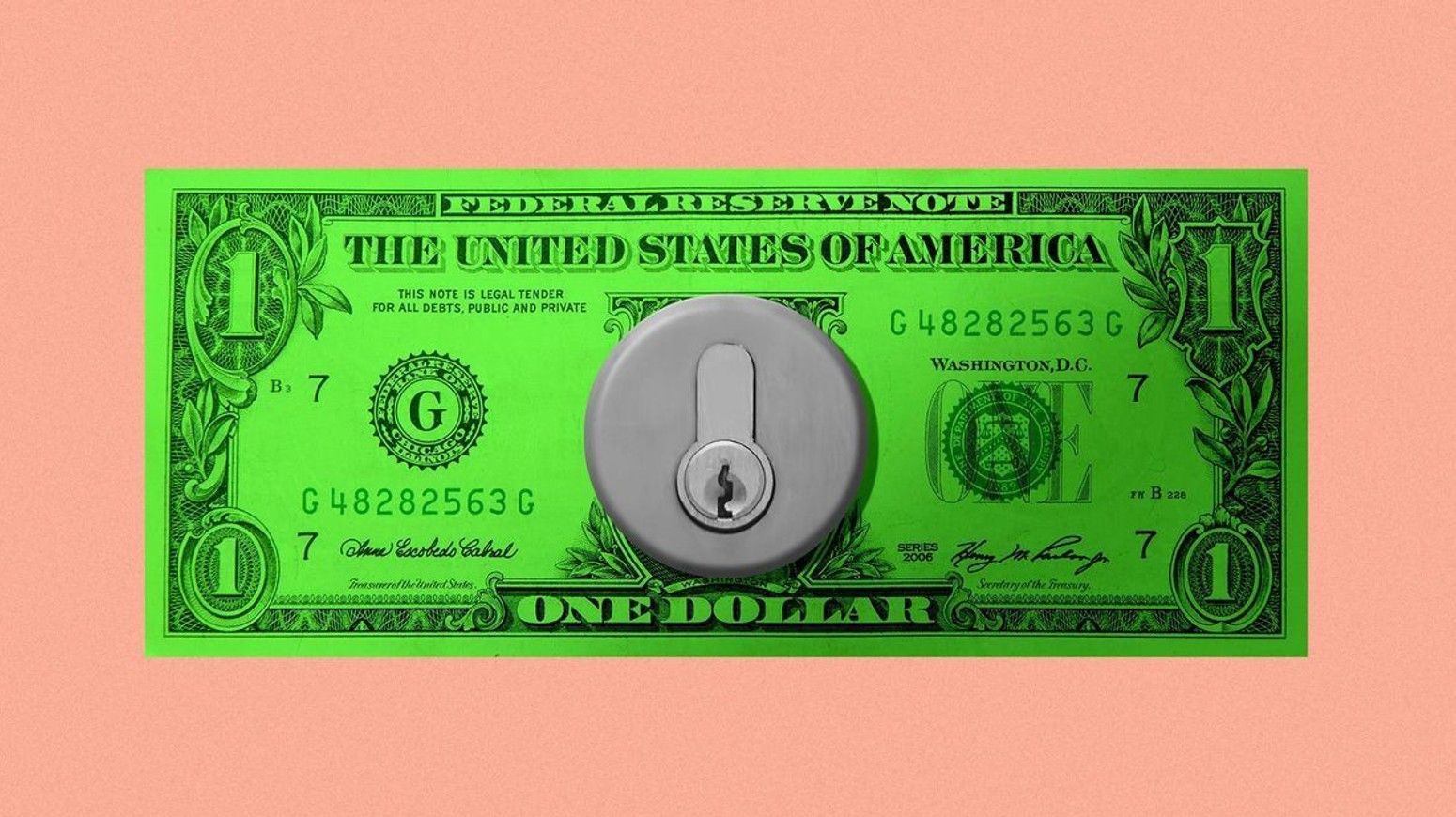Construction, Education, eNews
The basics of lien waivers: four types and when to use them
A lien waiver is a legal document that relinquishes a party’s right to claim a lien on a property or asset. It is commonly used in construction projects, where subcontractors or suppliers may have a right to place a lien on the property to secure payment for their services or materials. By signing a lien waiver, these parties agree to waive their right to file a lien against the property in exchange for payment or other consideration.

A lien waiver is a legal document that relinquishes a party’s right to claim a lien on a property or asset. It is commonly used in construction projects, where subcontractors or suppliers may have a right to place a lien on the property to secure payment for their services or materials. By signing a lien waiver, these parties agree to waive their right to file a lien against the property in exchange for payment or other consideration.
Why it matters: The process of filing lien waivers is traditionally labor-intensive and riddled with manual tasks. Before signing a lien waiver request, credit managers should carefully consider several key factors to ensure efficiency and compliance.
Movement of money: Once the general contractor (GC) gets paid, they pay the subcontractor and the subcontractor pays the material supplier. For each party to ensure they receive their money, many will waive their lien rights due to two main factors: one being a time consideration.
The second factor is a money consideration. Many banks use waivers to ensure that once their funds are released, the property owner is paying downstream general contractors, subcontractors and material suppliers.
It’s essential to understand the varying types of lien waivers and their implications:
- Conditional lien waiver on progress payment. This waiver is issued by the contractor or subcontractor when receiving a partial payment for work completed up to a progress point in the project. Lien rights are waived when payment is received—and are typically used when projects hit significant milestones, such as laid foundation.
- Unconditional lien waiver on progress payment. Given when a GC or subcontractor receives partial payment for the work completed. The lien rights are waived as soon as the document is signed and is typically used when the payment does not require further confirmation.
- Conditional lien waiver on final payment. Issued when a contractor or subcontractor receives the final payment for the completed project, however, it includes a condition that the waiver is valid only after the payment clears the bank.
- Unconditional lien waiver on final payment. Given when a contractor or subcontractor receives final payment and waives their rights immediately without any conditions.
Yes, but: Lien waiver documents are supposed to be easily interpreted, one to two-paged documents that are free of legalese difficult to digest. However, in some cases, the lien waiver sent by the owner, or the GC could have more legalese included than needed. So, when completing a lien waiver, special attention to detail is needed. “I’ve seen some waivers printed on both sides of legal-size paper in an 8-point font, filled with legalese,” said Chris Ring of NACM’s Secured Transaction Services. “The party who has received the waiver is more than likely to be confused and will hire a lawyer to tell them what’s being presented, and that’s not how the process should be. It’s best to double check for indemnify clause language as well. That’s where the art of dealing with these waivers comes in.”
What they’re saying: Not using lien waivers correctly or at all opens the door for potential fraud. Lien waiver forms help mitigate risk and exposure by ensuring controls are put in place to verify payments have been made. Period of performance, waived dollar amounts, and authorized signatures should be aligned with contractual agreements put in place. It’s especially important to pay attention to invoices of costs covering materials and supplies that may need waivers due to no on-site presence.
“Each monthly draw that isn’t accompanied by a lien waiver will increase the financial risk for the general contractor as the amount of funds issued increases,” said Isaac Kotila, credit support manager at Insulation Distributors Inc. (Chanhassen, MN). “When we don’t see lien waivers, I do run into instances where the subcontractor was paid for the project but never paid us for the material we supplied. When the deadline is reached to file the mechanics lien or bond claim if the subcontractor doesn’t have those funds available to pay the suppliers balance, the GC will either have a lien or a bond claim filed on their project, or they will need to pay the supplier directly for the material, essentially paying twice to avoid either filing on the project.”
Credit professionals in the construction industry apply lien waivers in the project development process differently—and some are changing how they use lien waivers. “Currently, we only use them on jobs where we are doing the work, however, I have been making a push here to use notices on all large projects where we are the supplier of material,” said Mary Beth Owens, CICP, credit manager at Keene Inc. (Cleveland, OH). “It is very important as a supplier of material to ensure that we have maintained our lien rights on a construction project. We use a job sheet that our customer completes which identifies who the GC and project owner is, the exact location of the job, the expected exposure we will have and the time we anticipate the job being completed.”
Being time-efficient is essential in construction projects, and there are a few ways to optimize your process. First, it’s important to update all your customers consistently about payment schedules, like waiver status and completed work. Secondly, having a centralized system will help all parties access any updates from their lien waiver information in real time—collaboration is key in optimization. Lastly, training your team on how to be involved in the lien waiver process is essential and falls under compliance.
“We use a third-party service to file our notices,” Owens said. “Since this is only a small segment of our business and I am a department of one, I want to make sure the waiver is being properly executed and filed in the appropriate places. There’s a higher risk when you don’t use waivers correctly. You may have the best customer in the world, but if they don’t get paid for a job, your chances of getting paid for the same job on a timely matter is in jeopardy.”
The bottom line: Lien waivers, essential in construction projects for financial risk management and ensuring payments, should be used efficiently with attention to detail to avoid risks and potential legal issues.





